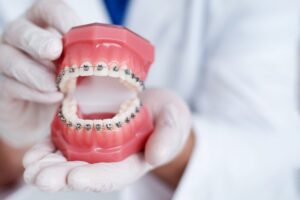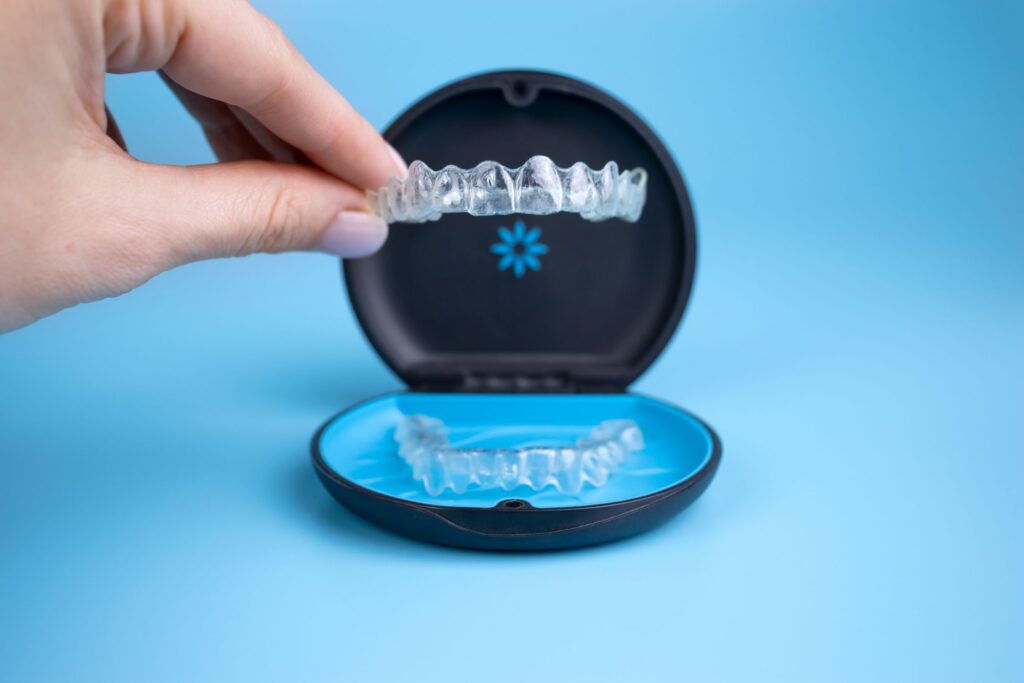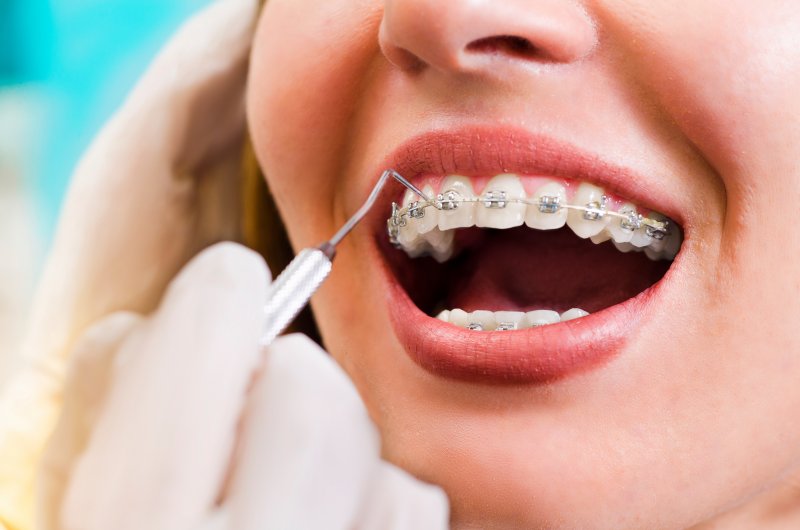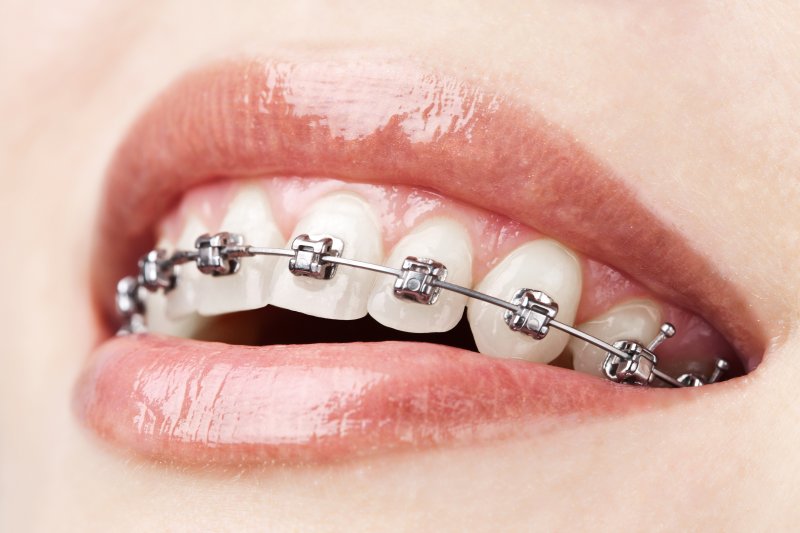
A reliable way to get a straighter smile is with braces. They are a tried-and-true way to correct a wide range of misalignments and malocclusions. You should expect some discomfort while your teeth move into healthier positions, but did you know you may develop oral sores as well? Here’s more about this minor complication and how you can prevent it!
(more…)









